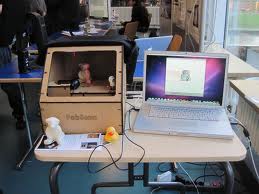Looking at the learning curve, and what it takes to perform three-dimensional scanning, it is, in general, easy to operate getting to grips with using the equipment is simple. Processing the collected data from the scan however, is a little trickier, but not so tricky that it cannot be learned. This is dependent on the user’s own experiences, and how quickly they pick up on new things.
Users who have experience in computer-aided drafting, then it will take no longer than 2-4 weeks to get up to speed with how things work. Whereas, people with no CAD experience ultimately will take a lot longer in terms of getting to grips with things.
It is hard to say, really, what scanner is the best on the market today. There are so many variances and all do what they are created to do so well. So, it really depends on what type of job you are doing that will determine the type of scanner needed.
If you were looking for a scanner to do some serious work, then it would be better to look at something a little pricier that can produce the consistent results. The good thing about a laser scanner today is that the prices have dropped to a more affordable level. This will help in identifying the right scanner for the job.
When they first came on the market, only companies with serious money could afford to buy a scanner, nowadays they are much more affordable people can have them for personal endeavours. Technology is rapidly moving forward, and the use of three-dimensional scanning and printing is at an all-time high. The trends are showing and predicting how popular 3d scanning is and pointing to a future where it very much involved in every day work and activities.
The post Getting to grips with 3d scanning appeared first on 3D Scanning, Reverse Engineering & Rapidprototyping.
